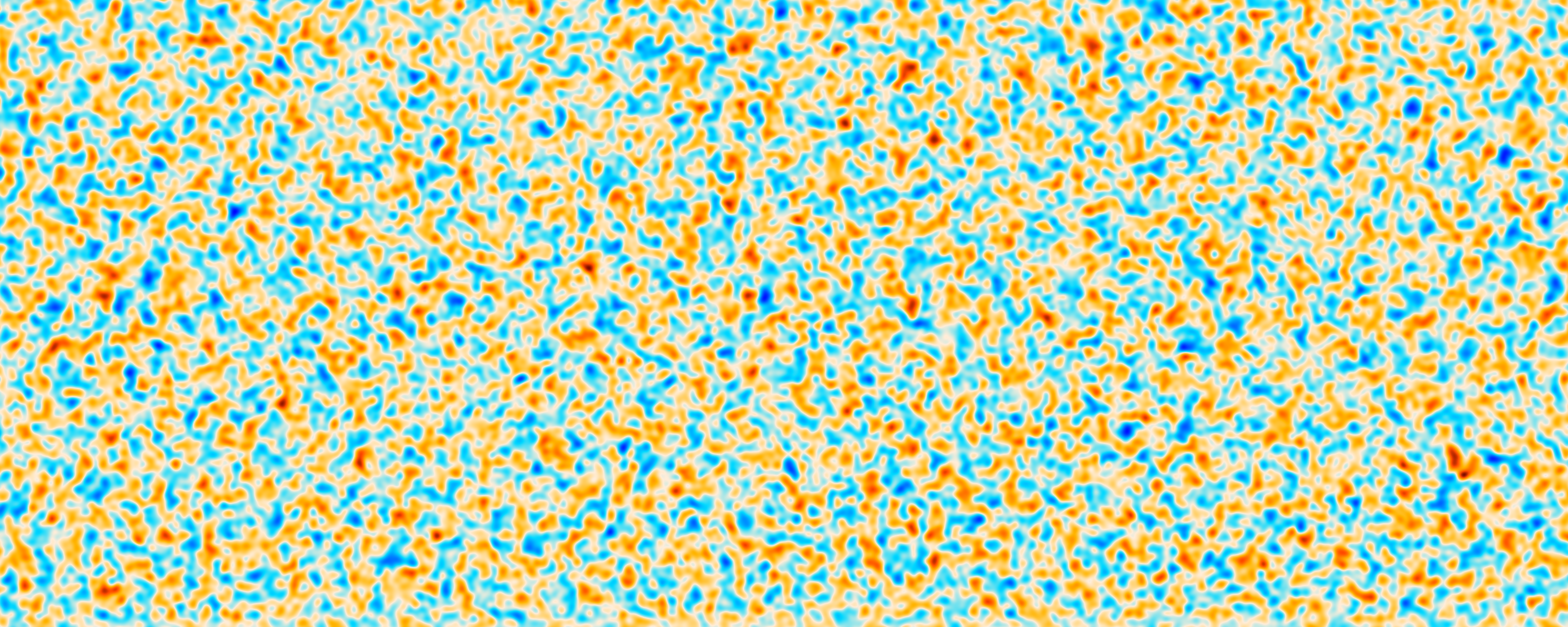
New view of Nature’s oldest light adds fresh twist to debate over Universe’s Age: The telescope ACT (Atacama Cosmology Telescope), located in a high mountain in Chile’s Atacama Desert, suggests that the universe is 13.8 billion years old (give or take 40 million years), agreeing measurements made before by the Planck satellite.
Like the Planck satellite, ACT peers at the afterglow of the Big Bang. This light, known as the cosmic microwave background (CMB), marks a time 380,000 years after the universe’s birth when protons and electrons joined to form the first atoms.
Regarding the CMB’s glow, subtle variations in temperature and polarization resulted from quantum fluctuations in the early universe that got amplified by the expanding universe into regions of varying density (the denser patches would go on to form galaxy clusters). Scientists have a strong enough understanding of the universe’s early years to know that these variations in the CMB should typically be spaced out every billion light-years for temperature and half that for polarization.
ACT measured the CMB fluctuations with unprecedented resolution, taking a closer look at the polarization of the light. By measuring its polarization in higher fidelity, the new picture from ACT reveals more of the oldest patterns ever seen.
Within the ACT international collaboration gathering scientists from 41 institutions in seven countries, IJCLab (A2C-CBM team) has been actively involved for the data analysis and plays an essential role through its contribution.
As ACT continues making observations, astronomers will have an even clearer picture of the CMB and a more exact idea of how long ago the cosmos began. The ACT team will also scour those observations for signs of physics that doesn’t fit the standard cosmological model. Such strange physics could resolve the disagreement between the predictions of the age and expansion rate of the universe arising from the measurements of the CMB and the motions of galaxies.























